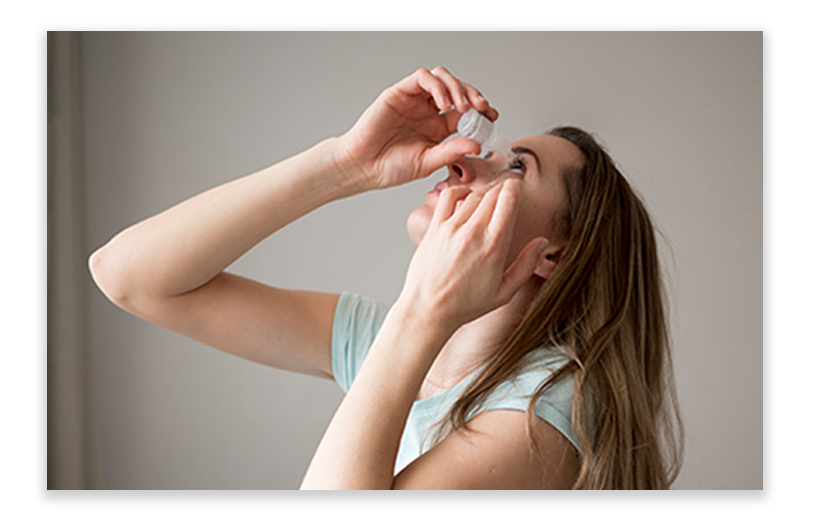Symptoms of Dry Eye
- Fluctuation in Vision
- Redness
- Burning Sensation
- Itching
- Heaviness
- Light Sensitivity
- Excessive tearing
- Dryness Sensation
Common Risk Factors
- Extended hours on computer/phone/tablet
- Contact lens wear
- Autoimmune disease
- Medications
- Wind/Air conditioning/Fans while you sleep
Normal Tear film (3 layers)
Outer Layer
Oily layer produced by secretions of the meibomian glands along your eyelids. It’s purpose is to reduce evaporation of tears.
Middle Layer
Watery layer produced by the lacrimal gland. It’s purpose is to wash away foreign materials such as debris and allergens from the surface of your eye.
Inner Layer
Mucous layer produced by conjunctival goblet cells. It’s purpose is to hold the tears on the cornea.
Diagnostic Testing:
Tear Lab
The TearLab Osmolarity System measures the osmolarity or saltiness of human tears.
InflammaDry
InflammaDry is a diagnostic tool to test your tears for the presence of inflammation.
Lipiscan Imaging
Photo assessment of your meibomian glands to help determine the right treatment plan.
Lipiflow
Thermal Pulsation Treatment
Treats a cause of dry eye, not just the symptoms! Applies heat and pressure to obstructed meibomian glands to decrease the risk of further atrophy and helps restore function for tear production.
A recent study found that 86% of patients with dry eye also had meibomian gland dysfunction or MGD.
If you have MGD, your eyelids are unable to produce the required quantity and quality of oils needed to sustain the outer layer of your tears which maintains healthy, lubricated eyes.
BlephEx
Removes debris along the lid margin, the main cause of inflammatory lid disease, and improves the overall health of the eyelid.
Like a dental cleaning, this treatment may be repeated every 4-6 months.
May be recommended by your doctor prior to cataract or lasik surgery to reduce the risk of infection and help improve visual outcome.

























